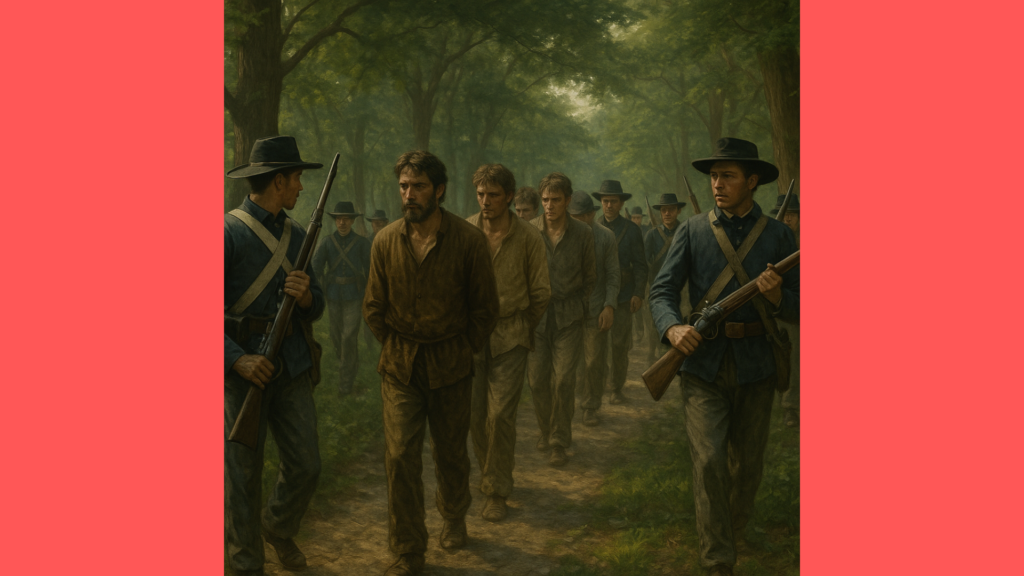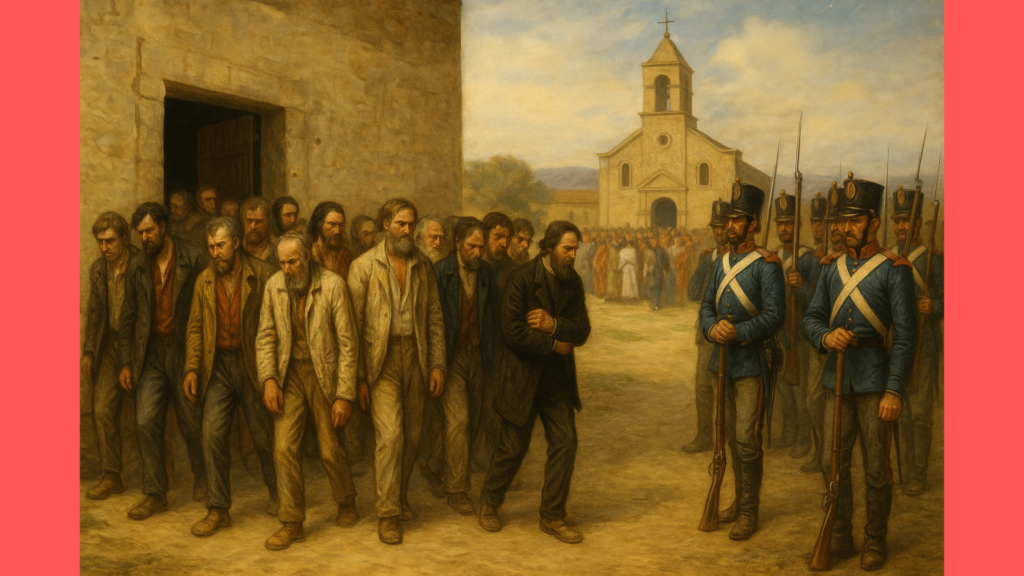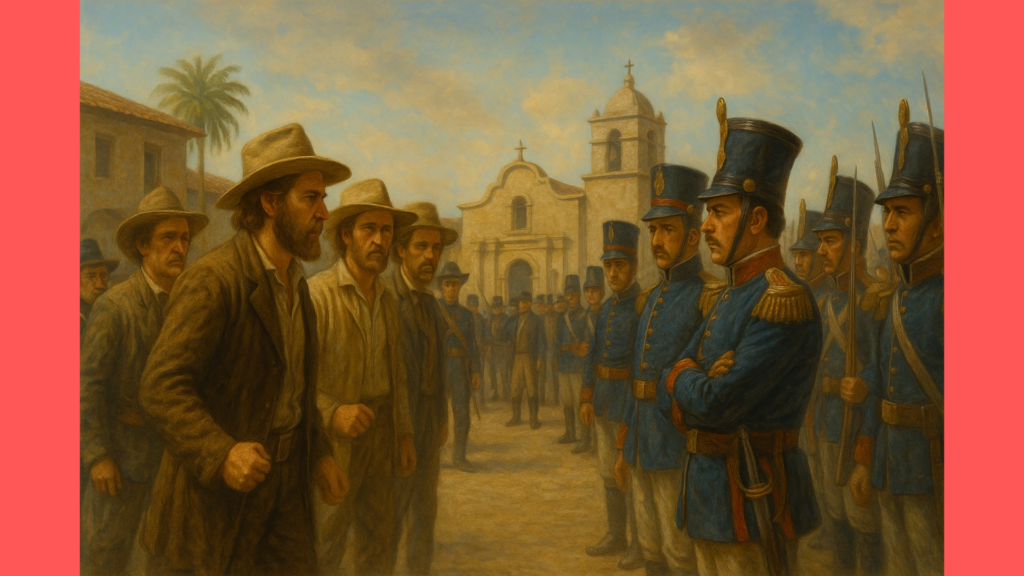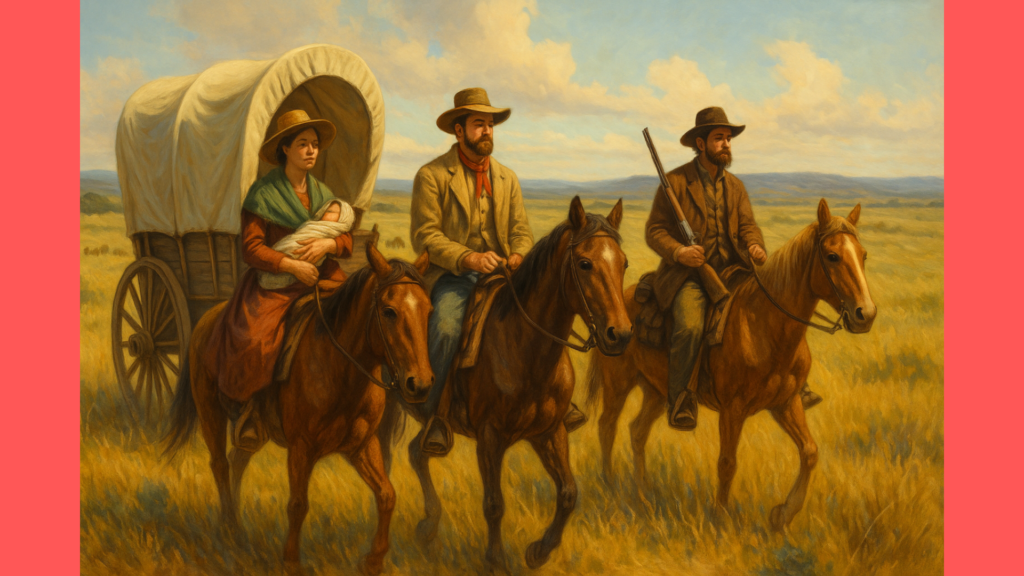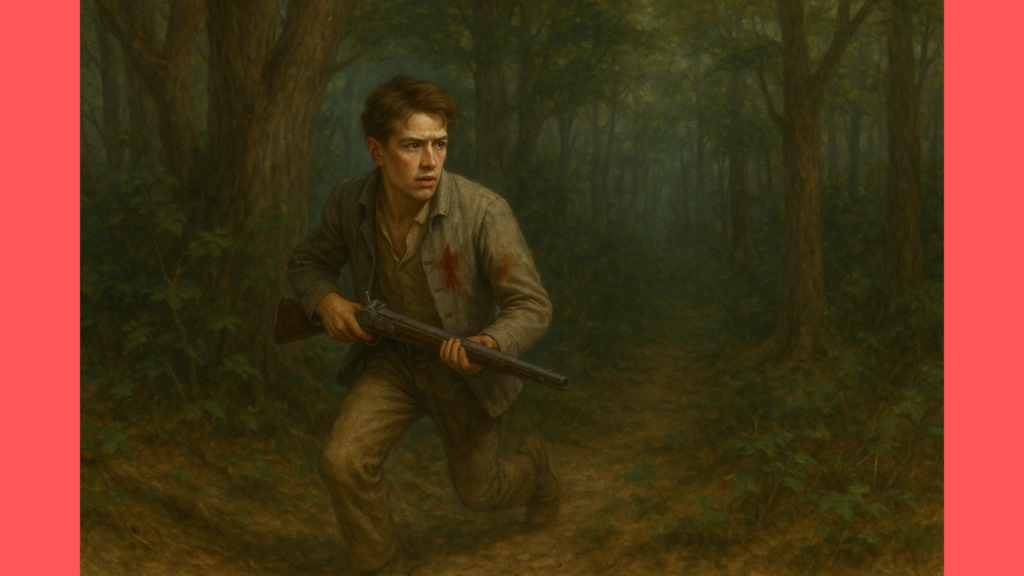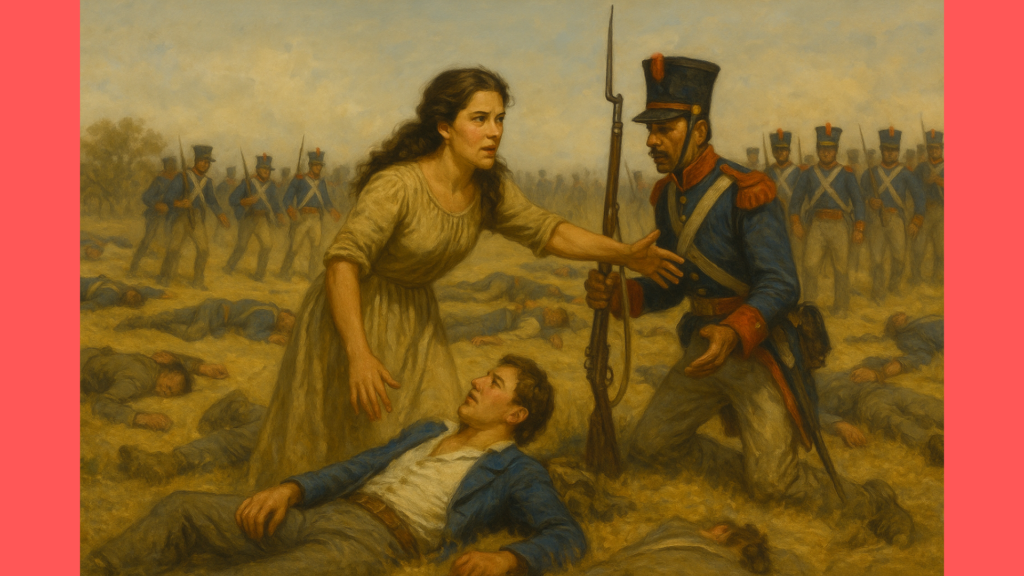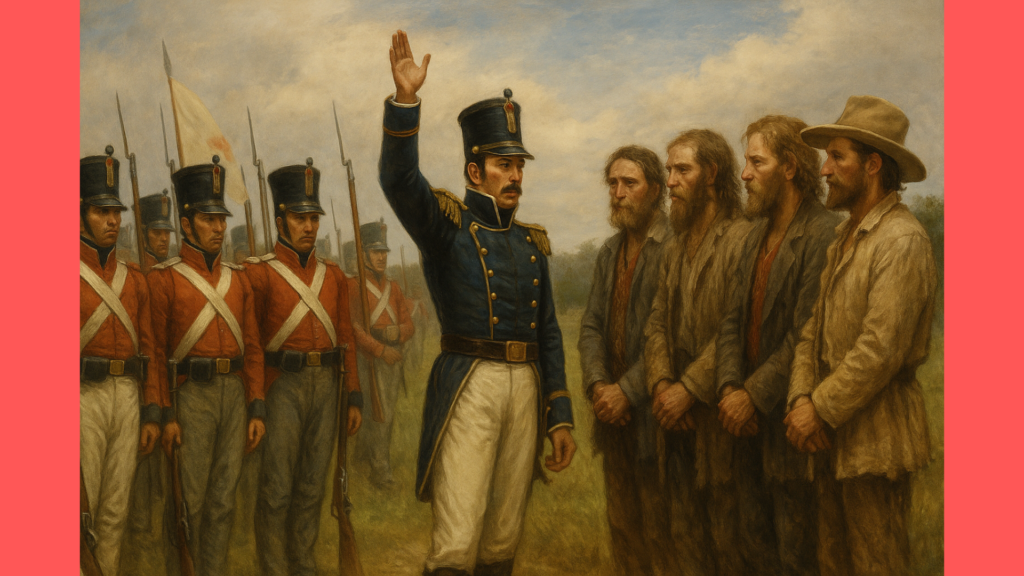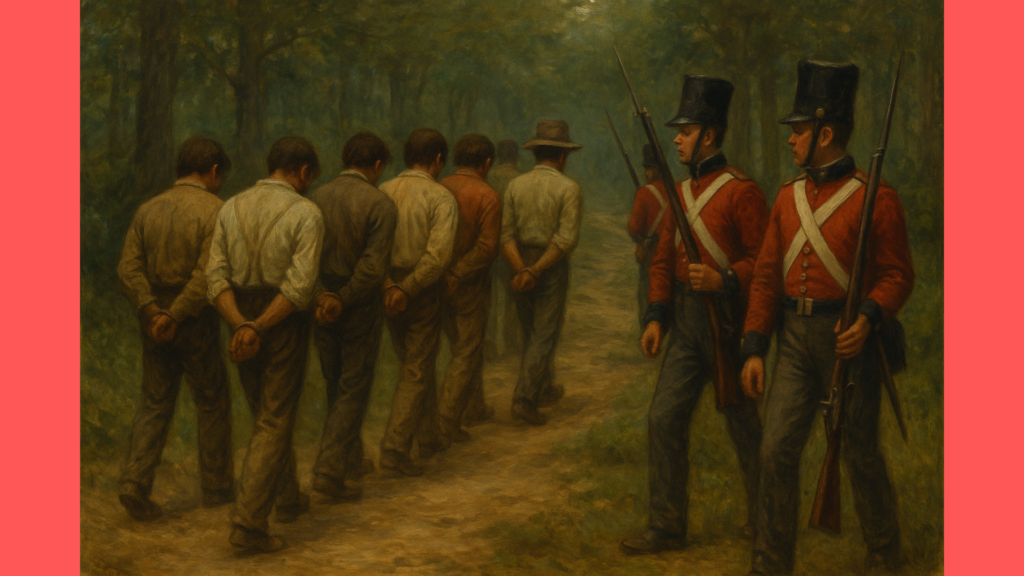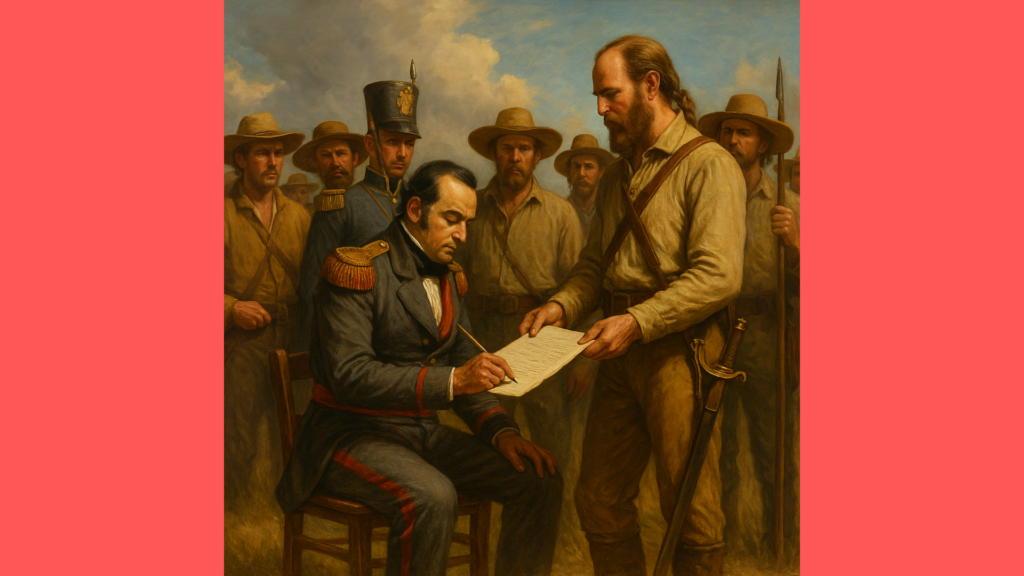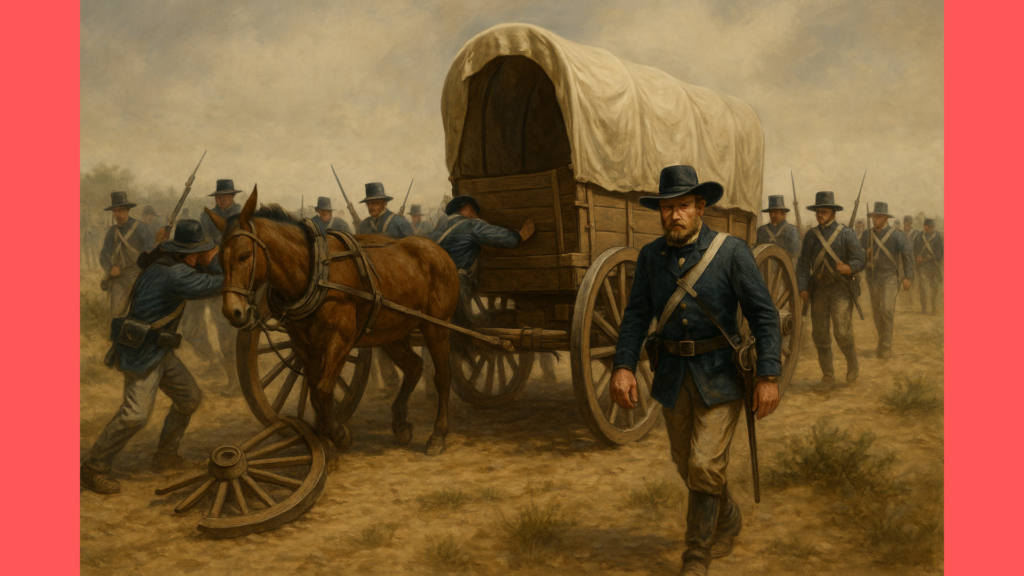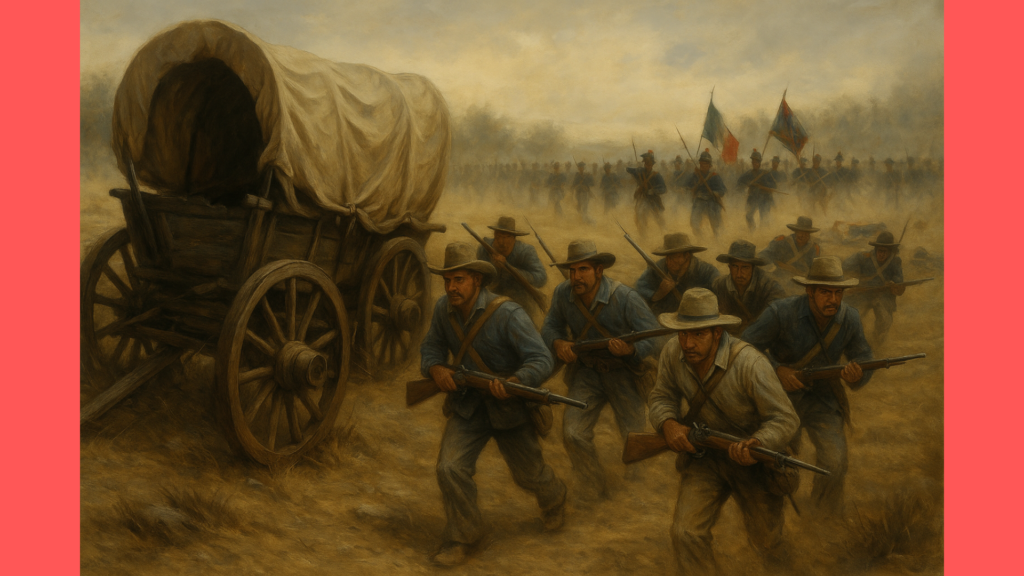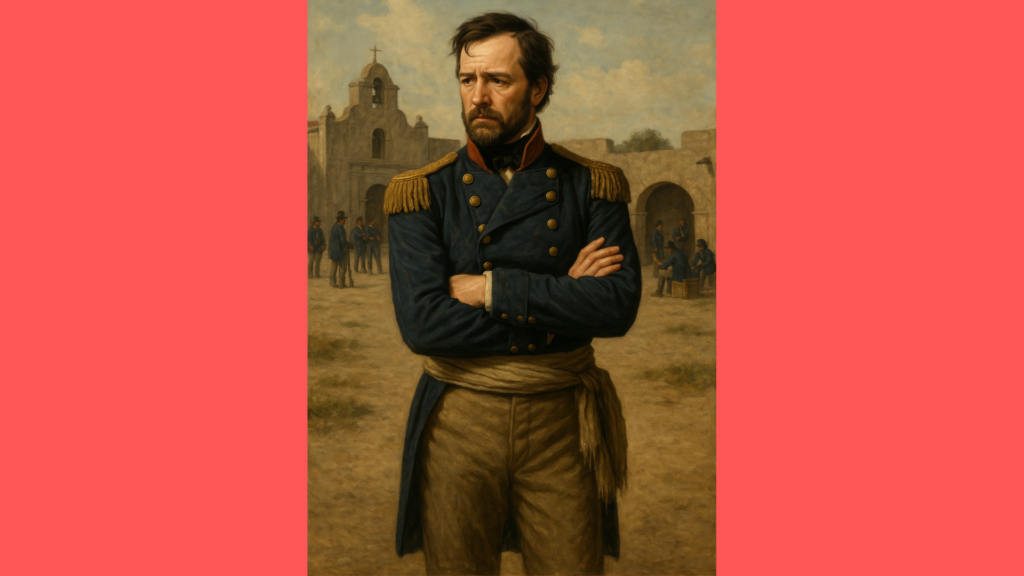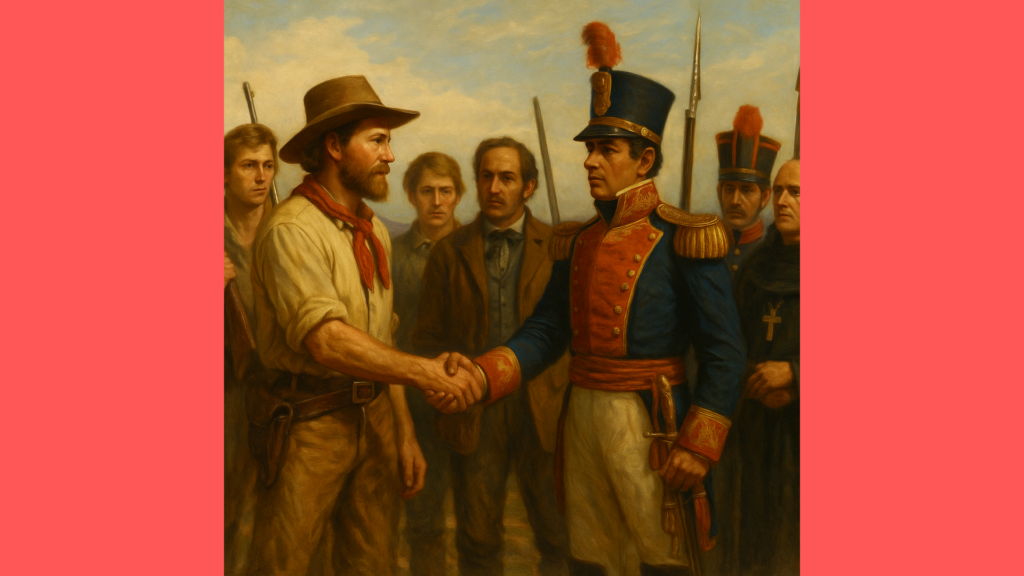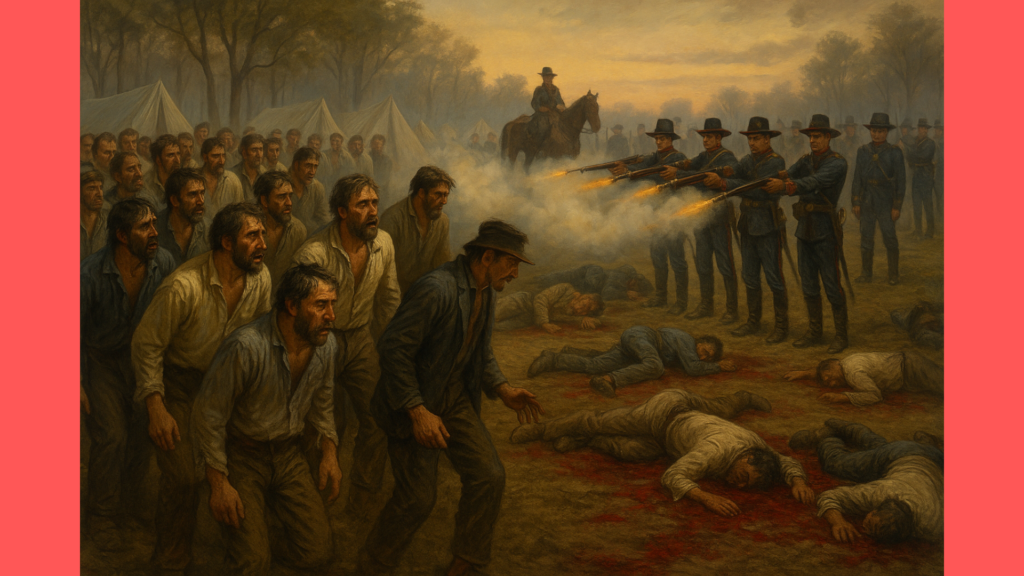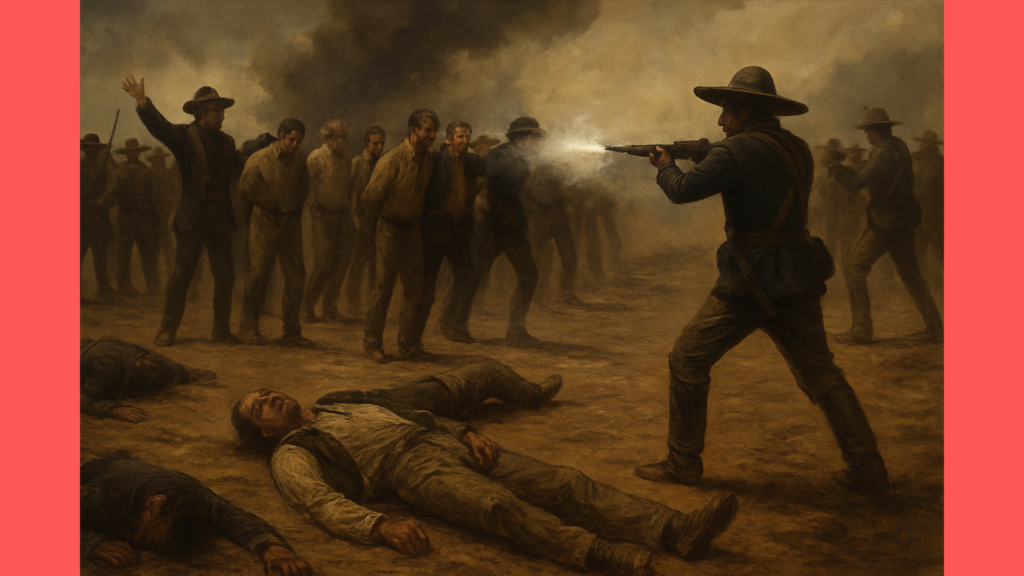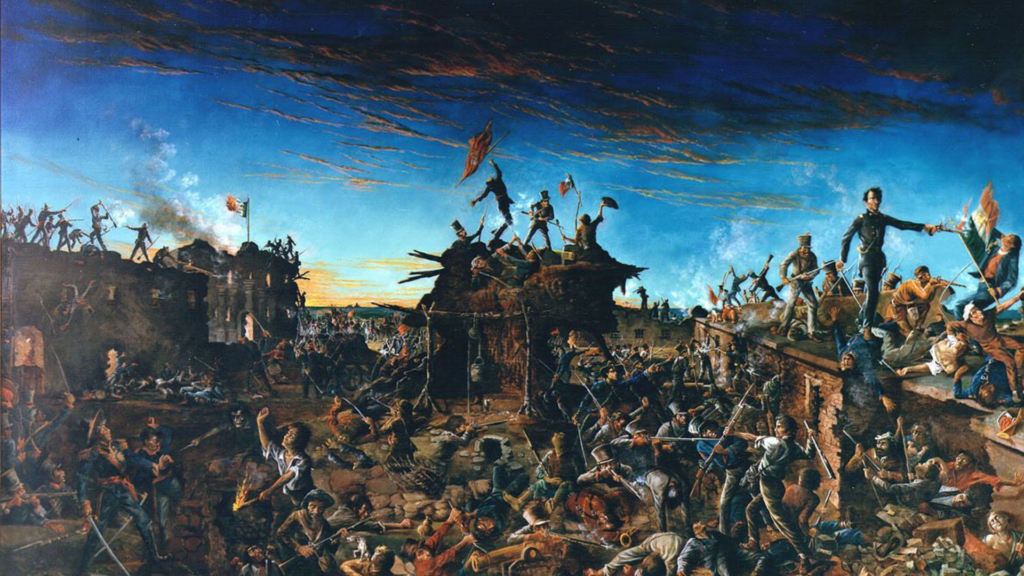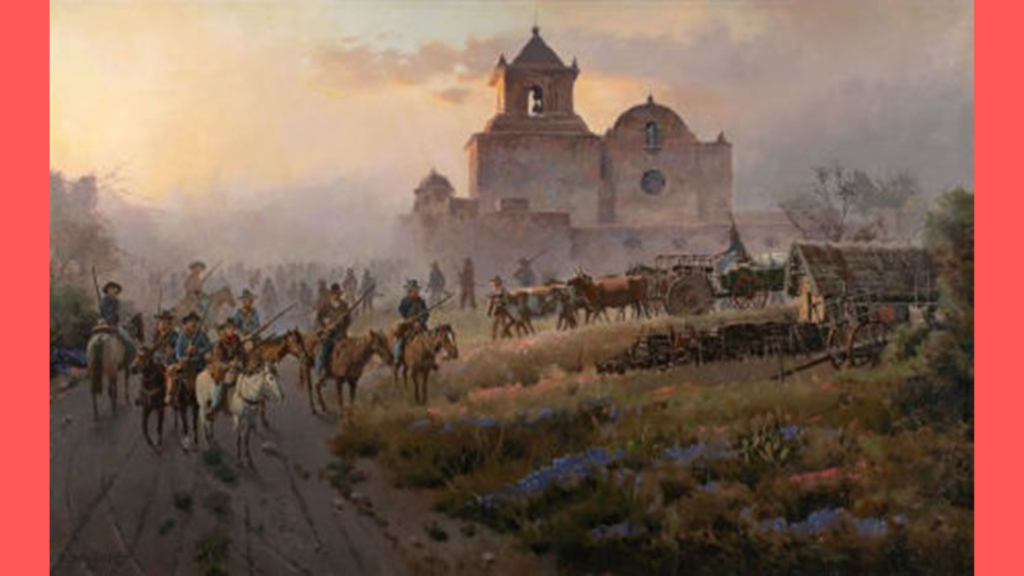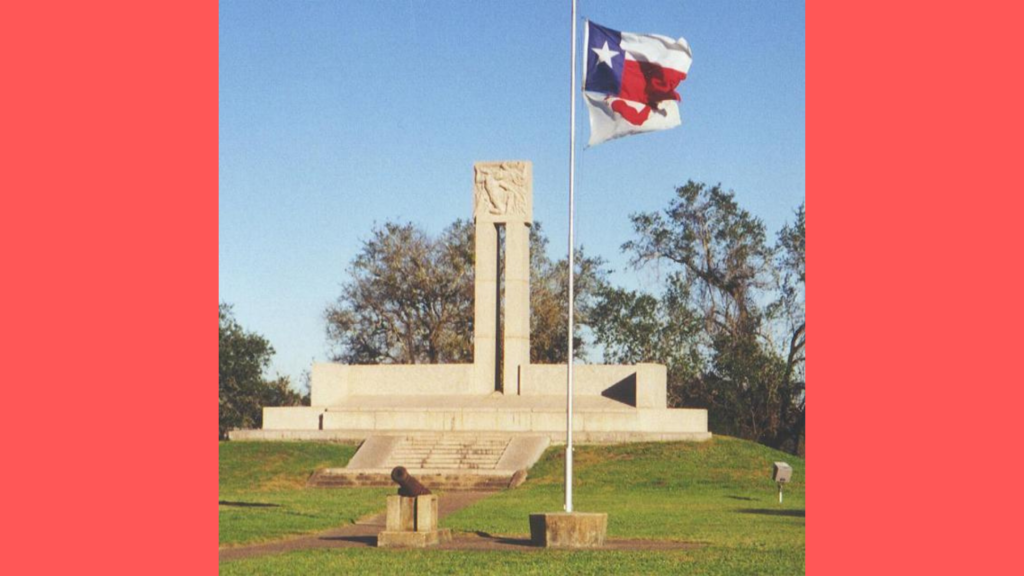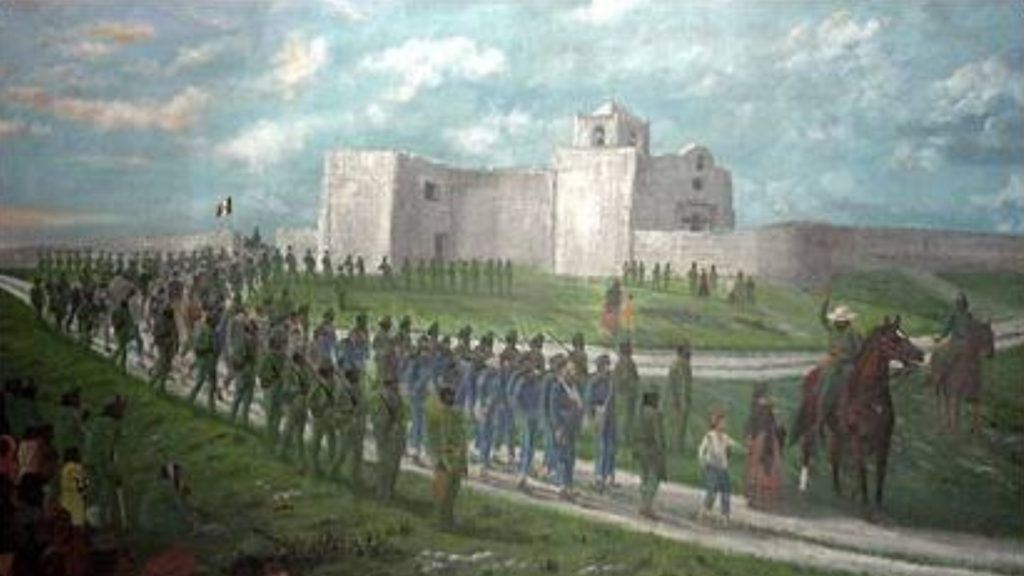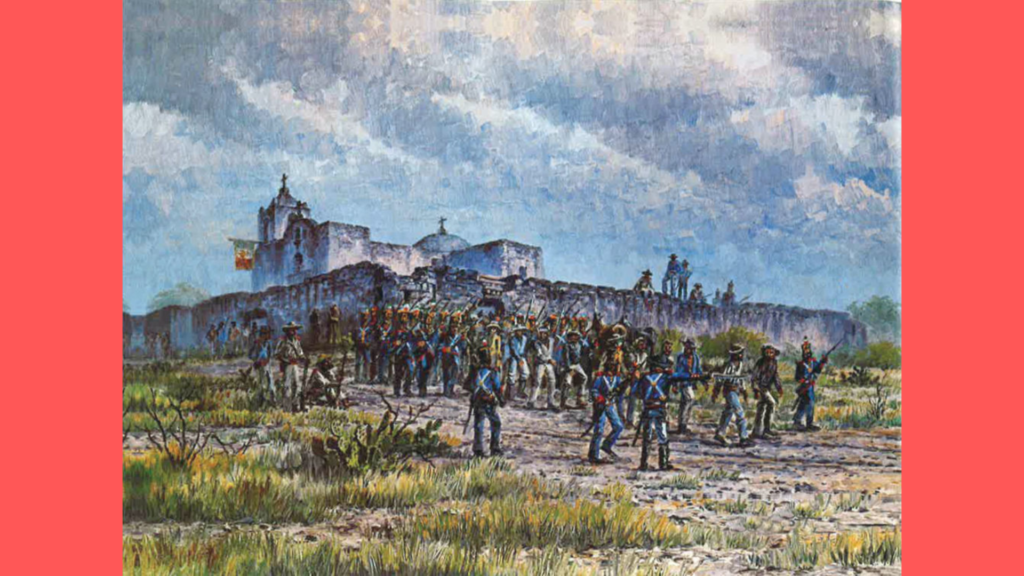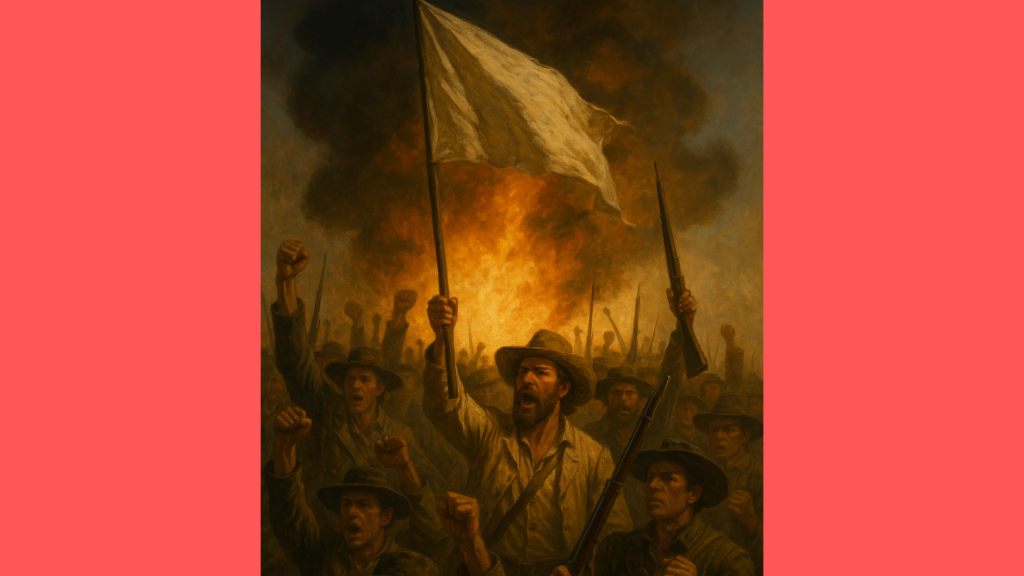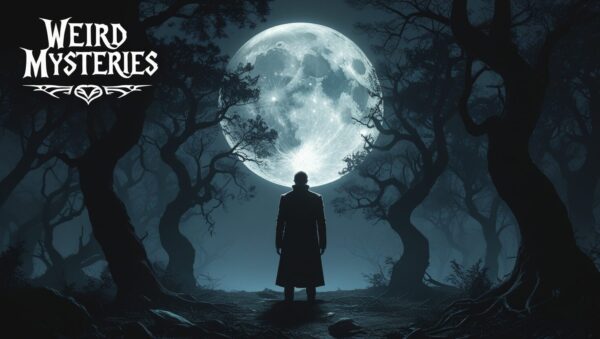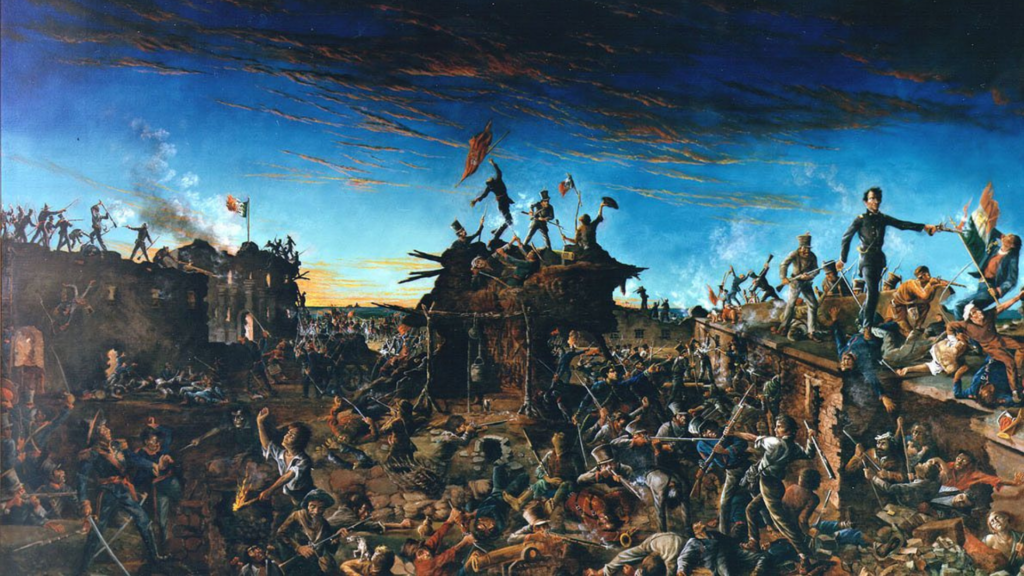
Meta Description:
Discover the chilling story of the Goliad Massacre (1836), where over 300 Texian soldiers were executed after surrendering during the Texas Revolution. Learn the full history, key figures, aftermath, and why it changed the course of Texas independence.
When most people think of the Texas Revolution, the Battle of the Alamo often dominates the narrative. But just three weeks after the fall of the Alamo, another dark and haunting tragedy unfolded—the Goliad Massacre (1836).
Unlike the heroic last stand at the Alamo, Goliad was not a battle; it was an execution of surrendered Texian soldiers, shocking the world and igniting a wave of fury that would ultimately lead to Texas independence.
This guide dives deep into this chilling chapter of history, exploring key events, important figures, political motives, and the lasting legacy of one of the most infamous atrocities of the Texas Revolution.
The Texas Revolution: The Stage Before the Massacre
In the early 1830s, tensions were rising between Texian settlers (Anglo-Americans and Tejanos) and the Mexican government. The settlers wanted more autonomy, while Mexican President Antonio López de Santa Anna centralized power, turning Mexico into a dictatorship.
By late 1835, open rebellion erupted. Texians achieved several early victories, even seizing San Antonio in December. But Santa Anna launched a massive retaliatory campaign in 1836, crushing much of the Texian resistance—first at the Alamo, and then at Goliad.
Who Were the Texians at Goliad?
The Texian forces at Goliad were led by Colonel James Fannin, a former West Point cadet turned revolutionary commander.
- They were stationed at Presidio La Bahía, an old Spanish fort.
- Fannin had around 400 men, poorly supplied and lacking strong fortifications.
- Despite the advancing Mexican army, Fannin failed to evacuate Goliad in time, sealing his men’s fate.
Fannin’s bravery was undeniable, but his indecision and poor planning were catastrophic.
The Battle of Coleto Creek (March 19–20, 1836)
As Mexican forces under General José de Urrea approached, Fannin finally decided to retreat toward Victoria, Texas. However, the Texians moved slowly, dragging heavy artillery across muddy terrain.
On March 19, 1836, they were surrounded near Coleto Creek by more than 1,000 Mexican soldiers.
- Despite being outnumbered, the Texians fought fiercely for a day.
- With no water, no reinforcements, and no escape, Fannin surrendered on March 20, believing his men would be treated as prisoners of war.
This surrender set the stage for one of the darkest massacres in Texian history.
Promises of Mercy… and the Order for Death
General José de Urrea, known for his humanity, wanted to spare the prisoners. He even wrote directly to Santa Anna requesting clemency.
But Santa Anna, furious and determined to make an example of the Texians, ordered their execution. He considered them pirates and traitors, not legitimate soldiers, believing harsh punishment would deter future rebellions.
Despite Urrea’s protests, Santa Anna’s cold-blooded order sealed the fate of hundreds of surrendered men.
The Goliad Massacre (March 27, 1836)
On Palm Sunday, March 27, 1836, the Texian prisoners were told they were being moved for relocation. Instead, they were led to their deaths.
- Three columns of prisoners were marched outside the fort.
- Suddenly, Mexican soldiers turned and opened fire at point-blank range.
- Those not killed instantly were bayoneted or clubbed to death.
- Wounded prisoners inside the fort were executed in their beds.
In total, about 350 Texians were massacred.
Colonel Fannin was executed last, asking for three things:
- To be shot in the heart (not the face)
- To have his belongings sent to his family
- To receive a proper Christian burial
None of these requests were honored. He was shot in the face, his body burned, and his belongings looted.
The Few Survivors of Goliad
Not all perished in the massacre. Some were spared through bravery and compassion:
- Francita Alavez, known as the “Angel of Goliad,” hid prisoners or pleaded for their lives.
- Jack Shackelford and members of the Alabama Red Rovers were spared due to Urrea’s intervention.
- About 20–30 men escaped by playing dead or fleeing into nearby woods.
Aftermath: Shock and Fury
The news of the Goliad Massacre spread like wildfire. Combined with the fall of the Alamo, it became a rallying cry for Texian forces.
- The Texian army, under General Sam Houston, used “Remember the Alamo! Remember Goliad!” as their battle cry.
- Just three weeks later, on April 21, 1836, Houston’s army decisively defeated Santa Anna at the Battle of San Jacinto, capturing him and securing Texas’ independence.
Why Did Santa Anna Order the Massacre?
Historians still debate Santa Anna’s motives:
- Terror Strategy: To instill fear and prevent future rebellions.
- Political Pressure: To reinforce his authority in Mexico.
- Personal Rage: Fueled by anger and a thirst for revenge.
But the massacre backfired. Instead of breaking Texian morale, it galvanized the revolution and made Santa Anna a villain in history.
Legacy and Memorials
Today, the site of the massacre is preserved as Fannin Battleground State Historic Site in Goliad, Texas.
- A monument marks the mass grave where the victims were eventually buried.
- The massacre remains a symbol of Texian sacrifice and resilience, reminding us of the brutal cost of freedom.
Little-Known Facts About the Goliad Massacre
- Fannin’s indecision delayed evacuation by crucial days, dooming his men.
- The massacre happened just three weeks after the Alamo, amplifying its emotional impact.
- Santa Anna’s actions violated traditional laws of war, even for the 19th century.
- Urrea was praised for his humanity, as he saved as many prisoners as he could.
- Survivors later joined Houston’s army, seeking revenge at San Jacinto.
Why Goliad Matters in History
The Goliad Massacre wasn’t just a tragedy—it was a turning point. It exposed the cruelty of Santa Anna’s regime and transformed the Texian struggle from a political rebellion into a fight for survival.
Without Goliad, the Texians might not have united so fiercely. In many ways, the massacre forged the resolve that won Texas its independence.
Conclusion: Remember Goliad!
The Goliad Massacre stands as one of the darkest moments in the Texas Revolution—a story of bravery, betrayal, and brutality, where men who surrendered in good faith were slaughtered.
Yet, from this tragedy emerged a powerful symbol that inspired a fledgling nation. “Remember Goliad” is not just a cry of vengeance—it’s a reminder of the sacrifices made for liberty.
FAQs About the Goliad Massacre (1836)
General Overview
1. What was the Goliad Massacre?
The Goliad Massacre was the execution of over 300 Texian soldiers who had surrendered after the Battle of Coleto Creek during the Texas Revolution. It took place on March 27, 1836, at Presidio La Bahía in Goliad, Texas.
2. When did the Goliad Massacre occur?
It happened on Palm Sunday, March 27, 1836, just three weeks after the fall of the Alamo.
3. Why is it called a “massacre”?
It’s called a massacre because the Texian soldiers had already surrendered under terms of mercy, but were still executed in cold blood, violating traditional rules of war.
4. How many Texians were killed at Goliad?
Approximately 350 Texian prisoners were killed. Only a handful survived.
5. Who ordered the Goliad Massacre?
Mexican President Antonio López de Santa Anna personally ordered the execution of the prisoners, despite protests from his field commander.
Key Figures
6. Who was James Fannin?
Colonel James Fannin was the Texian commander at Goliad. He surrendered at the Battle of Coleto Creek and was later executed, despite his request for a dignified death.
7. Who was José de Urrea?
General José de Urrea was the Mexican officer who captured Fannin’s forces. He opposed the massacre and even tried to convince Santa Anna to spare the prisoners.
8. Who was Francita Alavez, the “Angel of Goliad”?
Francita Alavez was a compassionate woman who intervened to save several Texian prisoners from execution, earning her the nickname “Angel of Goliad.”
9. Did Santa Anna personally witness the massacre?
No, Santa Anna was not present at Goliad, but he sent strict orders from afar to execute the prisoners.
10. Who carried out the executions?
Mexican soldiers under the command of Colonel Nicolás de la Portilla carried out the executions.
Events Leading Up to the Massacre
11. What led to the Texian defeat at Coleto Creek?
Poor planning, slow retreat, and being caught in an open prairie allowed Mexican forces to surround Fannin’s men at Coleto Creek.
12. Why didn’t Fannin evacuate Goliad earlier?
Fannin delayed evacuation due to indecision, poor logistics, and the belief reinforcements might arrive.
13. Did the Texians surrender voluntarily?
Yes, Fannin surrendered believing his men would be treated as prisoners of war, not executed.
14. Were there any negotiations for mercy?
Yes, Urrea promised to advocate for their lives, but Santa Anna overruled him.
15. How long were the Texian prisoners held before execution?
They were held for about a week at Presidio La Bahía before being marched out and shot.
Details of the Massacre
16. How were the Texians executed?
They were divided into groups, marched outside the fort, and then shot at point-blank range. Wounded men inside the fort were executed with bayonets.
17. What were Fannin’s last requests?
Fannin requested to be shot in the heart, to have his belongings sent to his family, and to receive a Christian burial. None were honored.
18. How many groups of prisoners were executed?
Three separate groups were marched out to different killing sites.
19. Did any Texians resist during the massacre?
A few tried to escape but most were unarmed and surrounded, leaving little chance for resistance.
20. Were any prisoners spared?
Yes, some were spared due to Francita Alavez’s pleas, Urrea’s influence, or by hiding during the executions.
Survivors and Escapes
21. How many Texians survived the Goliad Massacre?
Roughly 20-30 men escaped execution by hiding or running into the woods.
22. How did the survivors escape?
Some played dead, while others took advantage of the confusion to flee into nearby forests.
23. What happened to the survivors afterward?
Many survivors later joined Sam Houston’s army and fought at the Battle of San Jacinto for revenge.
24. Did any Mexican soldiers secretly help Texians escape?
Yes, a few sympathetic soldiers quietly allowed Texians to slip away before the executions.
25. Who is the most famous survivor?
Jack Shackelford, a physician and leader of the Alabama Red Rovers, was one of the few notable survivors, spared because of his medical skills.
Aftermath and Consequences
26. What happened to the bodies of the victims?
The bodies were burned or left unburied for weeks until locals later buried the remains in a mass grave.
27. How did Texans react to the massacre?
The massacre outraged Texans and became a rallying cry alongside the Alamo: “Remember the Alamo! Remember Goliad!”
28. Did the massacre help or hurt Santa Anna’s campaign?
It backfired, fueling Texian anger and strengthening their resolve to fight for independence.
29. How did the massacre influence the Battle of San Jacinto?
Texian soldiers fought with fury and vengeance at San Jacinto, defeating Santa Anna’s army in just 18 minutes.
30. What happened to Santa Anna after San Jacinto?
He was captured by Texian forces and forced to sign treaties recognizing Texas’ independence.
Historical Significance
31. Why is the Goliad Massacre important in Texas history?
It symbolizes the brutality of Santa Anna’s regime and the sacrifice of Texians for independence.
32. How is it different from the Battle of the Alamo?
The Alamo was a battle, while Goliad was a mass execution of surrendered soldiers, making it even more controversial.
33. Did the massacre violate the rules of war at the time?
Yes, even in 19th-century warfare, executing surrendered prisoners was seen as inhumane and dishonorable.
34. Is Goliad as well-known as the Alamo?
No, the Alamo overshadowed it in popular memory, but historians regard Goliad as equally significant.
35. Did Goliad directly lead to Texas independence?
Yes, the outrage it caused united Texians and made victory at San Jacinto possible.
Legacy and Memorials
36. Where can you visit the Goliad Massacre site today?
The massacre site is preserved as Fannin Battleground State Historic Site in Goliad, Texas.
37. Is there a memorial for the victims?
Yes, a large obelisk monument honors the Texians who were killed.
38. Are the victims buried in a mass grave?
Yes, the remains were eventually collected and buried in a mass grave near Goliad.
39. Is the Presidio La Bahía still standing?
Yes, it has been restored and is open to the public as a historic site and museum.
40. Are there any annual commemorations?
Yes, Goliad State Park holds memorial events each year to honor the victims.
Little-Known Facts
41. Was the massacre widely reported in the U.S.?
Yes, newspapers in the U.S. described the massacre in detail, sparking international outrage.
42. Did any Mexicans oppose the massacre?
Yes, Urrea and several Mexican officers were deeply opposed to Santa Anna’s order.
43. How long after the Alamo was the massacre?
It happened three weeks after the Alamo fell on March 6, 1836.
44. Were Texians labeled as pirates?
Yes, Santa Anna refused to recognize them as soldiers and called them pirates, denying them legal prisoner-of-war status.
45. Did the massacre affect Mexican public opinion?
Yes, even many Mexicans criticized Santa Anna’s brutality.
Myth vs Reality
46. Did Fannin fight bravely?
Yes, Fannin fought bravely at Coleto Creek, but his indecision and poor planning contributed to the defeat.
47. Was the massacre Santa Anna’s idea alone?
Mostly yes—he personally overruled Urrea’s pleas for mercy and demanded strict punishment.
48. Were Texians warned about the massacre?
No, most believed they were being relocated and didn’t know they were being led to execution.
49. Did any women witness the massacre?
Yes, Francita Alavez and a few other camp followers were present and tried to save lives.
50. Is the site considered haunted today?
Many locals believe the Presidio La Bahía and Fannin’s battleground are haunted by the restless spirits of the massacred soldiers.
Modern Relevance
51. How is the massacre taught in Texas schools?
It’s a major part of the Texas Revolution curriculum, alongside the Alamo and San Jacinto.
52. Has the massacre appeared in movies or TV shows?
Yes, it’s been depicted in several documentaries and historical dramas about Texas independence.
53. Why do historians still debate Goliad?
They debate whether Santa Anna’s decision was strategic terror or senseless cruelty.
54. What lessons can we learn from the massacre?
It reminds us of the importance of humane treatment of prisoners and how brutality can backfire politically.
55. Is “Remember Goliad!” still a slogan today?
Yes, it remains a symbol of Texian sacrifice and is often paired with “Remember the Alamo!”
